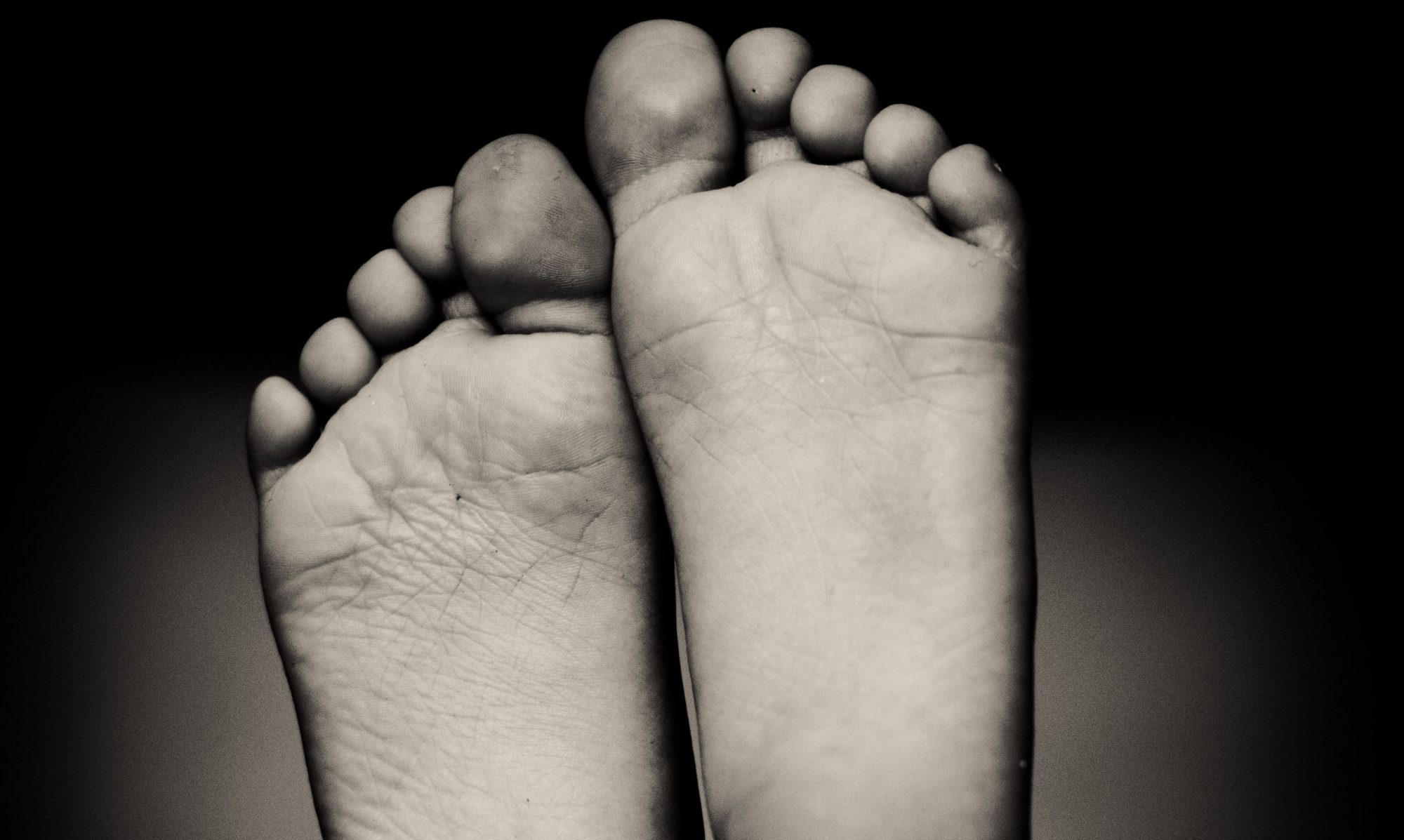Diabetic Chiropody
Diabetes Mellitus is an endocrine disease associated with the inability to convert blood sugar to energy. In type 1 diabetes the pancreas produces very little insulin. Ten percent of diabetes is type 1. In type 2 diabetes the insulin produced is not effective at converting blood sugar into energy.
90% of diabetics are type 2 diabetics and this is the diabetes that is becoming an epidemic.
Role of Chiropody in Diabetes
Two risk factors for developing type 2 diabetes are obesity and lack of exercise. Individuals with foot problems are less likely to be active and in turn become obese.
Any foot problem that prevents people from having a normal activity level puts them at risk of developing a number of health issues.
Diabetic Chiropody Treatment Gets People Back to a Healthy Lifestyle
The discovery of insulin meant that diabetics no longer die from the disease. Now diabetics die from the complications of the disease.
The common complications are heart disease, blindness, kidney disease, impotence and small vessel disease. Small vessel disease leads to neuropathy and vascular impairment of the foot. This combination often leads to catastrophic foot issues including amputation. This is why routine diabetic chiropody is so important.
The World Health Organization has long recognized that in order to reduce the rate of diabetic leg amputations, podiatry/chiropody must be part of the health care team. The expertise in foot biomechanics and offloading cannot be found with other disciplines.
Annual Diabetic Foot Assessment
All diabetics should have an annual chiropody assessment to discover issues before they become problematic. We will also see trends in circulation and sensory awareness. And develop strategies to maintain healthy feet and a healthy lifestyle.
High Risk Diabetic Chiropody Care
Diabetic Chiropody Wound Care
Chiropodists are experts at debridement, dressings, and offloading. When one health care provider can perform expert care in many areas, there is an efficiency in service and a reduction in communication errors between providers.
Long term success requires ongoing offloading with orthotic and footwear management, which is one or the primary skill of the Chiropody profession.
Click these links to learn more about my specialties: Bunions, Flat Feet, Ingrown Toenails, Morton’s Neuroma, Patellofemoral Pain Syndrome, Plantar Fasciitis, Custom Made Orthotics
